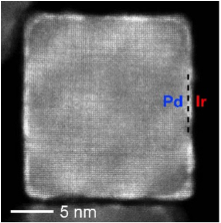ASCO, Author Interviews, Biomarkers, Breast Cancer, Chemotherapy, Genetic Research, Journal Clinical Oncology / 03.03.2016
Genetic Assay Oncotype Dx Helps Clarify Chemotherapy Decisions in HER2 Negative Breast Cancer
MedicalResearch.com Interview with:
Oleg Gluz, MD
West German Study Group
Breast Center Niederrhein
Evangelical Hospital Bethesda
Moenchengladbach, Germany
MedicalResearch.com: What is the background for this study?
Dr. Gluz: PlanB trial is a Phase III chemotherapy study performed in patients with clinically high risk HER2 negative breast cancer. After early amendement, Recurrence Score (Oncotype Dx) as a selection criterion for or against chemotherapy together with central pathology review were included into the study. Patients with very low RS of below 12 and up to 3 positive lymph nodes were recommended to omit chemotherapy based on the low genomic recurrence risk. Chemotherapy was omitted in about 15% of all patients.
For the first time we present prospective data comparing a genomical tool (Oncotype Dx) and an independent central pathology review for grade, ER, PR, and Ki-67 from a large phase III study combined with an exploratory analysis on early relapse risk.
MedicalResearch.com: What are the main findings?
Dr. Gluz: The study has two major findings:
We have found a significant discordance in risk assessment between prognostic tools (grade by local and central lab, Oncotype Dx, Ki-67).
Patients treated by endocrine therapy alone based on very low Recurrence Score had an excellent disease free survival of 97% after 3 years of follow up.
(more…)











